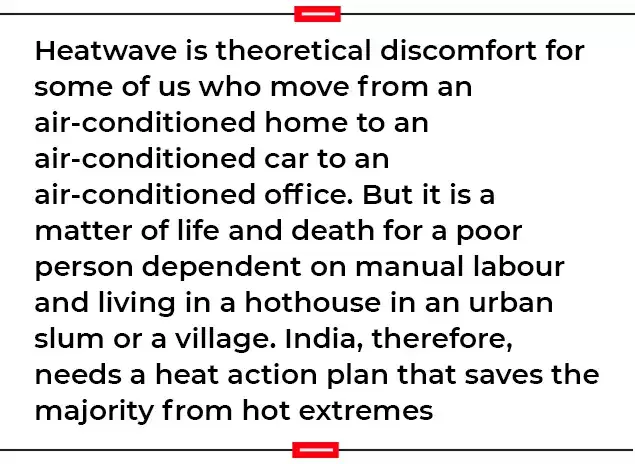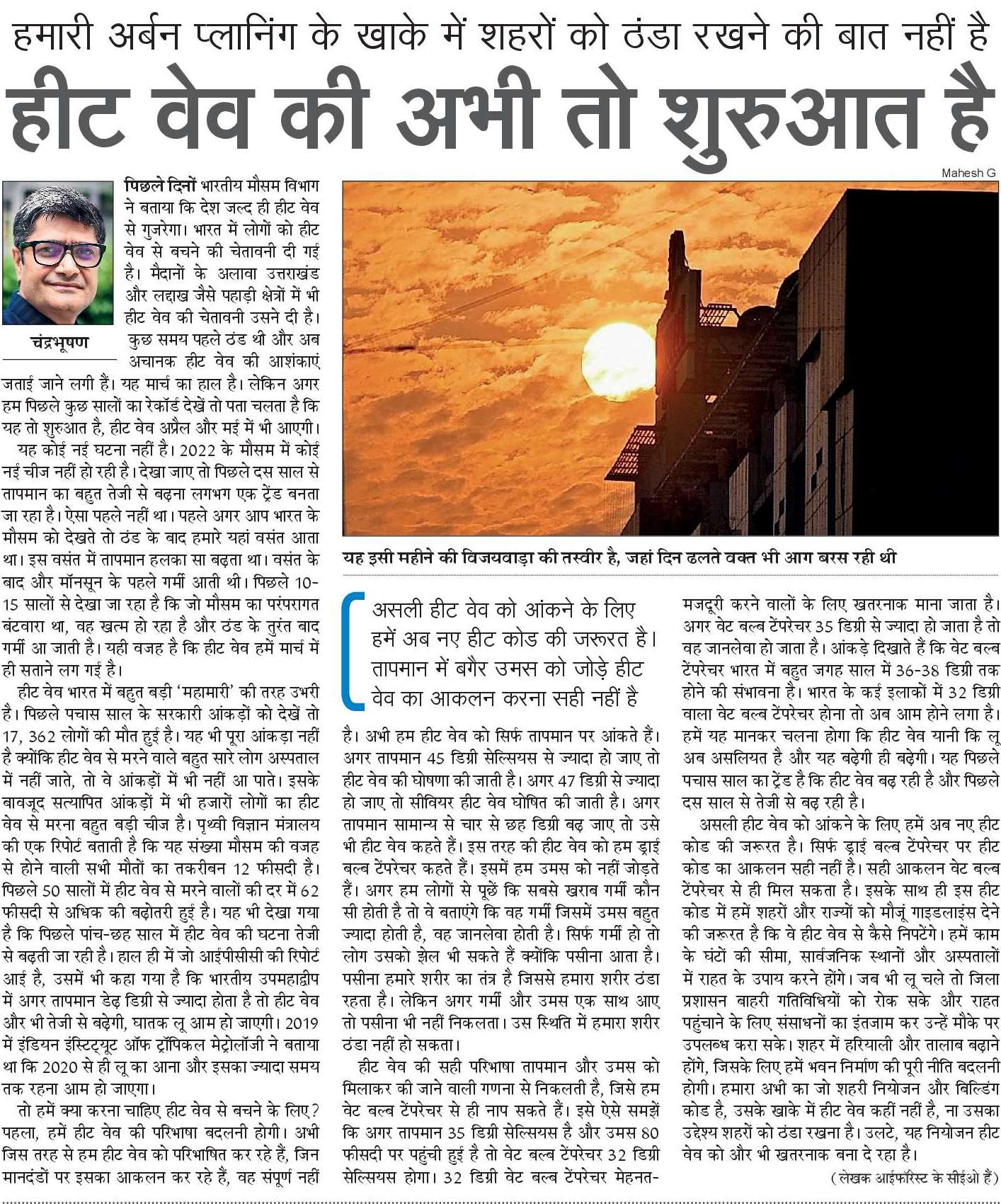There is no contradiction between increasing coal consumption in India and implementing a just transition in the coal districts and states.
On March 28, 2022, an extremely important and unstarred question was asked by Priyanka Chaturvedi, member, Rajya Sabha, which was replied to by Pralhad Joshi, Union minister of coal. It is at the heart of the energy transition debate in India. The question is whether India should start planning and implementing a just energy transition now or wait until coal consumption starts declining? It is a fundamental question, and I will quote it verbatim:
Priyanka Chaturvedi: Will the Minister of Coal be pleased to state:
(a) whether Government has prepared any roadmap for districts having a coal-centric economy such as Korba, etc. in light of country’s commitment towards energy transition?
(b) whether in such districts (coal-centric economy) closure of mines and industries will have severe socio-economic consequences, major being unemployment for the unskilled workers?
(c) whether Government has initiated any scalable steps to reduce the dependency of other economic sectors such as agriculture, forestry, manufacturing and service for their growth in these districts? and (d) if so, the details thereof?
Pralhad Joshi: (a) & (b): In India, energy transition away from coal is not happening in foreseeable future. Although there will be push for renewable/non-fossil-based energy, but share of coal in the energy basket is going to remain significant in years ahead. Coal demand in the country is yet to peak. The draft Economic Survey 2021-22 projects coal demand in the range of 1.3-1.5 billion tonnes by 2030, an increase of 63 per cent from the current demand. Thus, as of now there is no scenario of energy transition away from coal affecting any stakeholders involved in coal mining. (c) & (d): Does not arise in view of above.
The minister’s reply was correct that India’s coal demand is growing, and will continue to grow, at least in this decade. But his response that the energy transition in the country is not affecting any stakeholders involved in coal mining needs further examination.
There should be no doubt that an energy transition, propelled mainly by the Centre’s ambitious renewable energy targets, is underway in the country. These targets have real implications for coal consumption. For example, if the latest targets—installing 500 GW of non-fossil energy capacity and meeting 50% of the country’s electricity requirement from renewables—materialises, then coal consumption in the power sector will peak by 2030 and significantly decline over the next two decades. Modelling studies show that India’s electricity sector can be coal-free by 2050, with little impact on growth or jobs.
But it is important to understand that the need to develop a just transition roadmap for coal-dependent districts and states is tied not just to the national coal demand scenario. It is, in fact, more related to the sub-national situation, as the reality of coal mining in states and districts differs from the national picture. In other words, while coal will continue to meet a significant, but declining, proportion of India’s energy demand in the next two-three decades, in many districts of the country, most coal mines will close much earlier, leading to socio-economic disruptions. This will happen due to two reasons. First, a majority of coal mines in the country are loss-making and on the verge of closure. While these loss-making mines are spread across India, most of them are concentrated in Jharkhand, Chhattisgarh and West Bengal. In Jharkhand, for example, of the 146 mines run by the Central Coalfields Limited (CCL) and Bharat Coking Coal Limited (BCCL), 103 mines are loss-making.
Overall, 75% of Coal India Limited’s (CIL) production and almost all profits come from just 35 large mines; the remaining mines are low-producing and largely unprofitable. These loss-making mines collectively produce less than 10% coal, employ 40-45% of the workforce, and incurred an aggregated loss of Rs 16,000 crores in 2018-19—about the same as the company’s annual net profit. Going ahead, CIL plans to reach 1 billion tonnes of coal production primarily from “50-odd high-yielding mining projects” and close unprofitable mines. This potentially means shutting down 300-odd mines. But all these mines need to be closed with proper closure and socio-economic transition plans. In other words, just transition plans need to be developed urgently for all these loss-making mines and regions to ensure that hundreds of thousands of formal and informal workers and millions of people dependent on these mines are provided timely alternatives.
Second, coal reserves are also getting exhausted in big coal-producing districts. Take the case of Korba, India’s largest coal-producing district. Nearly 95% of Korba’s coal comes from just three large open cast mines, which will exhaust its resources by 2040-45. The rest of the mines are already on the verge of closure. So, in the next 20 years, Korba, which is entirely dependent on coal for jobs and growth, will have to look for alternatives. But Korba is not unique; similar situations exist in many other coal districts. These mining districts will need a just transition plan to avoid sudden economic disruption and social upheaval.
So, there is no contradiction between increasing coal consumption till 2030 and implementing a just transition plan in the coal districts and states. In fact, we are already late in the process. Experiences around the world show that a planned energy transition takes time. For example, Germany’s Ruhr valley started implementing transition in the 1960s and closed its last coal mine in 2018. So, it took six decades for Ruhr to implement a just transition, but the result is for everyone to see. Today, Ruhr is a hub of green industries and service sector jobs.
We must also start planning and implementing a just transition in many Ruhrs in India and not wait for coal consumption to decline. Early planning will help these districts and states to invest in infrastructure and attract businesses, create alternative jobs, prepare the future workforce, and simultaneously substitute and diversify their source of revenue. The choice is in our hands – either we can start planning for this transition and secure a just outcome for everyone, or we can wait and watch till disruptions and chaos start.




